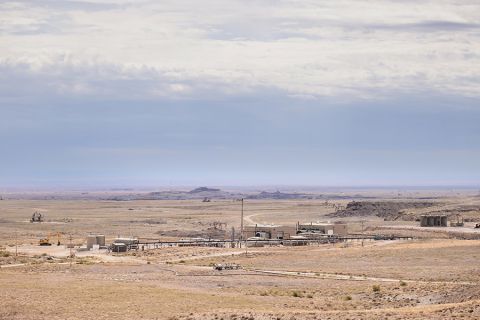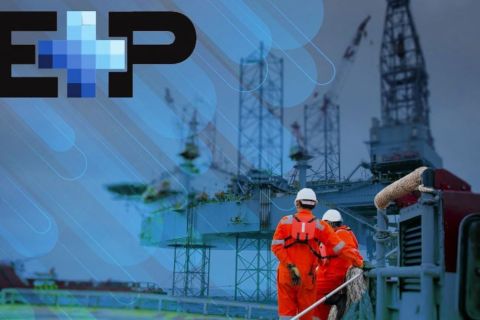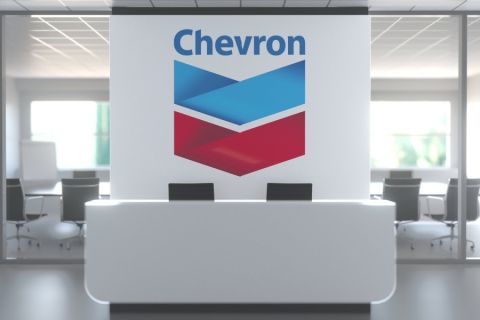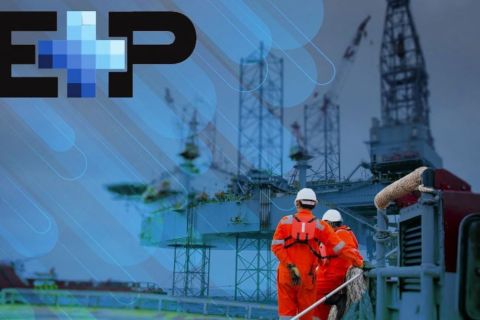
DENVER -- The 2012 U.S. presidential campaign included a lot of talk about an “all hands on deck” domestic energy policy that indicated the country needed all forms of energy – crude oil, natural gas, coal, nuclear and renewable – in the future. While this may or may not be the case for a national energy policy, it is undoubtedly the case for energy transportation.
No play better exemplifies this than the Bakken shale, where crude is being moved by pipeline, rail and truck to other markets. In the future some of these volumes may be shipped from hubs to other destinations via marine transport as well.
“We don’t think of just a crude-by-rail solution, but an overall solutions [encompassing all forms of transportation],” Nathan Savage, senior vice president and group leader, oil and gas solutions at Savage Companies, said at Hart Energy’s recent DUG Bakken and Niobrara convention in Denver.
The phonograph was known as the “gift that keeps on giving,” but the death of that technology combined with the Bakken’s awesome power to stimulate the domestic economy might mean it is time to turn that catchphrase over to the play instead. Not only has the Bakken helped create a job boom in North Dakota, it has improved economies throughout the country through job growth thanks to its supply chain requirements.
Indeed, the Bakken is largely responsible for the revival of the Philadelphia oil refining industry and is helping to create increased refining capacity demand in the Gulf Coast as well. Eddystone Rail Co. is among the leaders in bringing Bakken crude to the Philadelphia market. The company, a joint venture between Enbridge Inc. and Canopy Prospecting Inc., was formed to serve Philadelphia-area refineries as an independent rail, marine and pipeline terminal.
This state-of-the-art terminal will be located in Eddystone, Pa., just outside of Philadelphia. It will feature a high-speed crude oil unloading facility with a barge-loading terminal and potential distribution pipeline facilities.
“Eddystone is positioned to be the Cushing of the Northeast,” Eddystone vice president and general manager Erik Johnson said at the conference. The project is being put together in three phases to achieve this goal. The first phase is currently under construction and includes 80,000 bbl. per day of capacity that is designed to receive, unload and have unit trains of up to 120 cars ready for departure within 12 hours. It will also include 200,000 bbl. of storage capacity for Philly light crude spec along with outgoing cargo barge-loading via two berths up to 34 feet of depth. This phase is expected to be in-service by the end of the year.
The second phase is currently under commercial development and will include about 160,000 bbl. per day of capacity via two-plus unit trains per day that are designed for a less than eight-hour turnaround per 120-car unit train. This phase will aim to at least double the storage capacity at the facility while segregating non-Philly light crude. This phase is expected to complete by late 2014.
Once the first two phases are completed, Eddystone Rail will evaluate further growth opportunities available for third phase construction.
The Eddystone terminal will be able to utilize Enbridge’s more than $14 billion in new crude pipeline expansions that are underway. These provide access to Eastern and Gulf Coast markets and include 355,000 bbl. per day of pipeline export capacity on the North Dakota pipeline system with an additional 120,000 bbl. per day of capacity out of the region by rail.
“Eddystone is the key to the Philadelphia refinery market. It is within six miles of about 700,000 barrels per day of mostly light-sweet refining capacity,” Johnson said.
Much of these volumes flowing out of the Bakken are being transported on BNSF Railway’s system, which is the only rail system to touch each of the country’s Western shale plays, according to Teresa Perkins, the company’s general director, petroleum. These plays include not only the Bakken and Niobrara, but the Powder River, Big Horn, Piceance, San Joaquin, Denver, Permian and San Juan basins.
While also speaking at DUG Bakken and Niobrara, Perkins noted that as large as the system currently is that it continues to grow. BNSF went from transporting fewer than 150,000 barrels (bbl.) per day of Bakken crude in 2011 to 438,000 bbl. per day in 2012. The company is hauling 650,000 bbl. per day today and is continuing to increase capacity.
This year, BNSF plans on investing $200 million on capacity initiatives to support crude-by-rail growth through 17 projects. “We have a flexible and growing crude destination network that will have more than 50 destination facilities by the end of 2014 with 20 on the West Coast, 19 on the Gulf Coast, 11 in the Midcontinent and 11 on the East Coast. We bring value we can commit to and will provide as much capacity as our customers require,” she said.
Rail transportation offers the flexibility not available by most pipeline systems while also offering greater capacity and not being as susceptible to the difficulties that truck transportation faces in winter conditions, especially those in North Dakota, Brian Freed, vice president of crude logistics at Inergy LP, said.
Inergy, which recently announced a merger agreement with Crestwood Midstream Partners that will close by third-quarter 2013, owns the Colt hub and connector in Epping, N.D. This facility is undergoing an expansion that will make it the centerpiece for the combined companies in the region by providing greater market access for Bakken production, according to Freed.
“Colt will be the premiere Bakken hub by providing a point of liquidity by bringing together multiple buyers and sellers,” he said.
The facility is increasing rail capacity from 120,000 bbl. per day to 160,000 bbl. per day by expanding from 14 to 20 loading arms, increasing pumps and adding two storage tracks for a total of four. In addition, storage capacity will increase from 600,000 bbl. to 1.08 million bbl.
Recommended Reading
Now, the Uinta: Drillers are Taking Utah’s Oily Stacked Pay Horizontal, at Last
2024-10-04 - Recently unconstrained by new rail capacity, operators are now putting laterals into the oily, western side of this long-producing basin that comes with little associated gas and little water, making it compete with the Permian Basin.
E&P Highlights: Aug. 26, 2024
2024-08-26 - Here’s a roundup of the latest E&P headlines, with Ovintiv considering selling its Uinta assets and drilling operations beginning at the Anchois project offshore Morocco.
Chevron Pushing Longer Laterals in Argentina’s Vaca Muerta Shale
2024-09-13 - Chevron Corp., already drilling nearly 2.8-mile laterals at its Loma Campana Field in Argentina, wants to drill even longer horizontals, an executive told Hart Energy.
E&P Highlights: Aug. 5, 2024
2024-08-05 - Here’s a roundup of the latest E&P headlines, including new oil discoveries and an implementation of AI technology in operations offshore United Arab Emirates.
Northern’s O’Grady: Most of ‘Best’ Acres ‘Already Been Bought’
2024-10-24 - Adding new-well inventory going forward will require “exploration or other creative measures,” said Nick O’Grady, whose Northern Oil and Gas holds interests in 10,000 Lower 48 wells.
Comments
Add new comment
This conversation is moderated according to Hart Energy community rules. Please read the rules before joining the discussion. If you’re experiencing any technical problems, please contact our customer care team.





